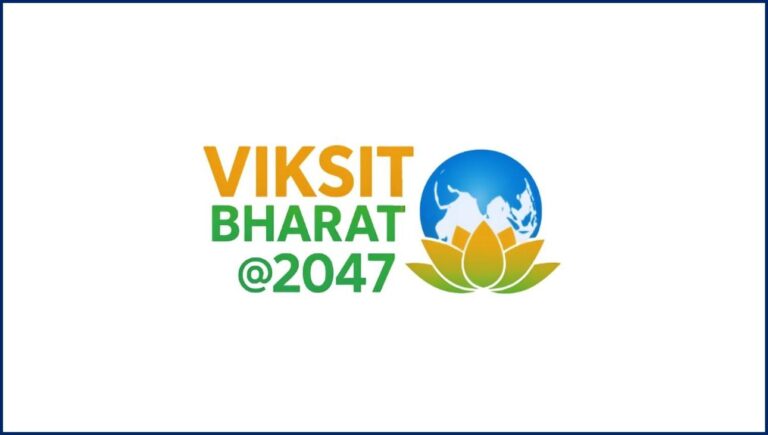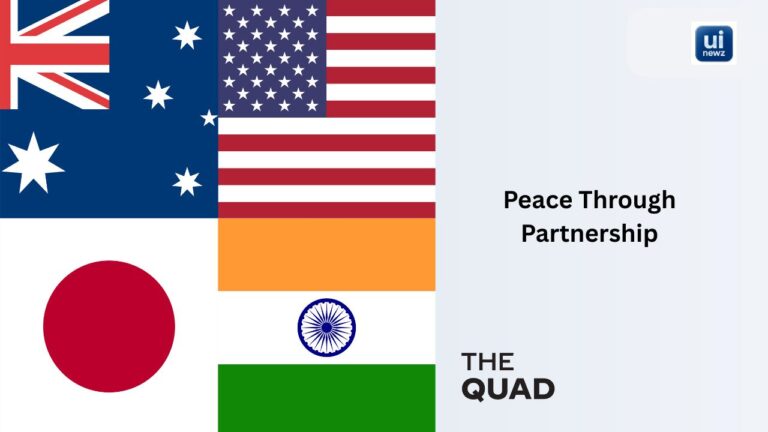
The international system is undergoing a profound transformation. The post-Cold War unipolar moment dominated by the United States is giving way to a multipolar world order, characterized by the rise of multiple power centers, regional alliances, and fluid strategic partnerships. This shift is reshaping global governance, security dynamics, and economic flows.
For India, one of the fastest-growing major economies with strategic ambitions, the multipolar landscape offers both opportunities and challenges. Navigating this evolving order requires a careful balance between national interests, global partnerships, and regional responsibilities.
From Unipolarity to Multipolarity
The early 1990s saw the United States emerge as the dominant global power following the collapse of the Soviet Union. However, the 21st century has witnessed the gradual erosion of unipolarity due to several factors:
- Rise of China: With its economic might, military modernization, and Belt and Road Initiative (BRI), China has become a major challenger to U.S. primacy.
- Resurgence of Russia: Russia’s assertive foreign policy, energy influence, and military interventions (from Ukraine to Syria) underscore its ambitions to remain a global player.
- Regional Powers: Countries such as India, Brazil, Turkey, and South Africa are asserting greater influence within their regions and globally.
- Global Institutions Under Strain: Disputes over trade, climate, technology, and pandemic responses reveal that existing institutions like the UN, WTO, and WHO struggle to address emerging multipolar realities.
Defining Features of the Multipolar Order
The emerging multipolar system is distinct in several ways:
- Fluid Alliances: Unlike rigid Cold War blocs, today’s partnerships are issue-based, with countries cooperating in some areas while competing in others.
- Economic Interdependence: Globalization ties nations together economically even as strategic rivalries deepen.
- Technological Competition: Control over critical technologies- 5G, AI, semiconductors, and space—has become central to geopolitical competition.
- Regionalization of Power: Power projection is increasingly shaped by regional dynamics, from the Indo-Pacific to the Middle East and Africa.
India’s Strategic Position
India stands at the intersection of this global transformation. Its unique geographic location, democratic system, and growing economy position it as a critical actor in shaping multipolarity. India’s strategic responses reflect both pragmatism and ambition.
- Balancing Great Power Relations:
- With the United States: Strategic convergence on counterterrorism, Indo-Pacific security, and technology cooperation has strengthened ties. The Quad grouping (India, U.S., Japan, Australia) exemplifies this.
- With Russia: Long-standing defense and energy ties remain significant, though balancing this relationship amid growing Russia-China alignment is a challenge.
- With China: India’s relationship with China is defined by competition, territorial disputes, and economic interdependence. Managing this dynamic is central to India’s foreign policy.
- Championing the Global South:
- India positions itself as a voice for developing countries on climate change, trade equity, and technology access.
- Hosting the G20 Presidency in 2023 highlighted India’s ability to bridge divides between advanced economies and the Global South.
- Indo-Pacific Strategy:
- India has embraced the Indo-Pacific as a central strategic theatre, enhancing defense partnerships, maritime security, and connectivity initiatives.
- Initiatives like SAGAR (Security and Growth for All in the Region) highlight India’s maritime vision.
- Multilateral Engagement:
- Active participation in forums like BRICS, SCO, and the G20 reflects India’s multi-aligned approach.
- At the UN, India advocates for reforms, including a permanent seat on the Security Council, to reflect contemporary realities.
Challenges in a Multipolar World
While multipolarity provides India with room to maneuver, it also poses challenges:
- Strategic Ambiguity: Balancing ties with competing powers risks overextension and conflicting expectations.
- Regional Instability: South Asia’s volatility, particularly Pakistan’s instability and China’s assertiveness, complicates India’s regional leadership.
- Economic Vulnerabilities: Global supply chain disruptions, energy dependence, and trade conflicts affect India’s economic resilience.
- Technology Dependence: Despite progress, India remains dependent on foreign technology in critical sectors, impacting strategic autonomy.
Opportunities for India
Multipolarity also offers India significant opportunities:
- Leadership in Global Governance: By advocating reform in international institutions, India can project itself as a responsible global stakeholder.
- Strategic Partnerships: Diversified ties allow India to access advanced technology, energy resources, and defense cooperation from multiple sources.
- Economic Diplomacy: India’s large market and growth potential make it an attractive partner for both developed and developing nations.
- Soft Power and Norm-Shaping: India’s democratic values, cultural diplomacy, and leadership in digital public goods enhance its global influence.
Policy Recommendations
To maximize its role in the multipolar order, India should consider:
- Strengthening Strategic Autonomy: Avoid overdependence on any single power while enhancing self-reliance in defense and technology.
- Enhancing Regional Leadership: By promoting connectivity, trade, and security in South Asia and the Indian Ocean, India can consolidate its regional role.
- Investing in Technology and Innovation: Accelerating domestic capabilities in AI, space, and defense technologies will reduce external dependence.
- Building Resilient Alliances: Institutionalizing frameworks like the Quad and expanding cooperation with Europe, Africa, and ASEAN can diversify India’s strategic options.
Conclusion
The multipolar world order is both complex and dynamic. For India, it presents an unprecedented opportunity to emerge as a leading power shaping the contours of global governance and regional stability. By leveraging its democratic credentials, economic growth, and strategic geography, India can position itself as a balancing force in the evolving international system.
At the same time, careful management of great power relations, investments in technological self-reliance, and active leadership in multilateral forums will be crucial. Multipolarity is not a challenge to be feared but a landscape of possibilities to be navigated. For India, the path ahead lies in strategic pragmatism, resilience, and visionary leadership.






